|
When Balkrishna was seven years old, he did Govardhan lila (play). “Go” means wisdom and bhakti. Every year, Nand baba was performing Indra yajna. Balkrishna asked Nand Baba about the Indra Yajna and its purpose. Nand Baba replied, Indra is deity of rains. He gives rains which grow grains and cereals. They perform the yajna to make him happy. Balkrishna said, performing yajna of Indra is good but he cannot be termed as almighty. Anybody who performs one hundred yajna attains the post of Indra. Balkrishna asked Nand Baba whether he is aware about Indra’s Indra. Nand Baba asked who that is. Balkrishna said, Goverdhannath. Goverdhannath is deity of all the four directions. Jagannath Puri is in the east direction, Rameshwar is in the south, Dwarkanath is in west, Badrinath is in north and in the center is Goverdhannath. Balkrishna asked Nand Baba to worship Goverdhan. For so many years, everybody does Indra’s worship but he has not given his vision. It means he is egoistic. Goverdhan could be seen and it protects us so it should be worshipped. Balkrishna decided to erase the pride of Indra. Nand baba asked the procedure to worship Goverdhan. Balkrishna said, caring of poor, cows and virtuous Brahmins is worship of almighty. Food items were collected from all houses and Annakut (mixed vegetable dish) was prepared.
All virtuous Brahmins were invited. Brahmins started chanting Mantras and Abhishek (consecration) of Balkrishna. Children got tired of bringing water from Yamuna for Abhishek. It required a large quantity of water for Abhishek. Balkrishna said to Goverdhan that his friends are tired and prayed to reveal Ganga-Yamuna from its foothills. Ganga appeared which is called as Mansiganga. Abhishek of Goverdhan was completed. Balkrishna entered in his another form into Goverdhan. He was worshipped like a living deity. Balkrishna asked to offer food to Goverdhannath. Braj people asked whether Goverdhannath would consume food. Balkrishna said in affirmative. Balkrishna in form of Goverdhannath started consuming food. Entire Braj was very happy. Later, Braj people got worried as Goverdhannath appeared to consume everything. Balkrishna dispelled their fear and said, Goverdhannath would give equivalent amount of food as Lakshmi ji has arrived. After worship and aarti of Goverdhannath, all Braj people sat to take food. Balkrishna served it to everybody. Everybody enjoyed food and rested in the foothills of Goverdhan. Meanwhile, Narada went to Indra and informed him about the worship of Goverdhan. Indra felt insulted and asked all the twelve clouds to rain over Braj and to destroy everything. Due to heavy rains, there was outcry of Braj people. Everybody was terrified. Balkrishna said Goverdhannath would protect us. Believe him. He informed that Goverdhan appeared in his dream and said, he is happy with them. It would rain for seven days and he will stand weightlessly on his finger. Balkrishna asked the help of everybody to take Goverdhan on his finger. Goverdhannath became light. Balkrishna took Goverdhannath on his little finger. There were heavy rains for seven days. Gapals thought that Balkrishna must be tired and asked to place Goverdhannath on the wooden sticks. As soon as Balkrishna removed his finger, the weight of Goverdhan became unbearable. Gopals cried Balkrishna to put his finger. Ultimately, base is almighty. To see the divine form of Balkrishna, Braj people forgot their body requirements and hunger for seven days. Now, Indra realized the original form of Balkrishna. He lost pride. He ordered clouds to stop raining. Indra did Abhishek of Balkrishna with milk. Milk was collected in a furrow which is called as Surubhikund. Braj people was surprised with the powers of Balkrishna and surmised that he is almighty. They asked Nand baba, who is father of Balkrishna. Nand baba told them that he is his son. Gargacharya rishi informed them that he has attributes of almighty. In Goverdhan episode, Shri Krishna is worshipping and worshipped. Spiritual Significance:
Shrimad Bhagwat Mahapuran by Shri Ramchandra Keshav Dongra ji Maharaj
0 Comments
When Balkrishna was five years old, he desired to go to Vrindavan. Vrinda means Bhakti. Balkrishna alongwith Gopis & Gopals went to play near Yamuna River in Virndavan.
Stories of Balkrishna during the age of five to eleven years & their Spiritual Significances:
At that time, Brahma ji came there and saw this. Brahma ji was surprised to see this. He doubted Balkrishna being almighty. Brahma ji decided to test Balkrishna whether he is almighty. Brahma ji took all the calves to Brahmaloka (his realm). When children saw no calves there, they told Balkrishna. Balkrishna said to them to continue taking food and went to search calves but could not find. When Balkrishna came back, he could not find children also. Balkrishna understood that this is handiwork of Brahma ji. Balkrishna formed another calves and children. Brahma ji again came to find the status but he saw everything normal. Children and calves were there. He went back to Brahma loka. There also children and calves were playing. Brahma ji pondered over it and could not decide which children and calves are real. Meanwhile, Balkrishna decided to play one more trick. He took the form of Brahma ji and asked the servants to beat fake Brahma who is roaming around here. When Brahma ji reached Brahmaloka, the servants started beating him saying real Brahma is sitting on the throne. Brahma ji meditated upon to find the truth. He found Balkrishna sitting on the throne and children & calves also there. Balkrishna removed Brahma’s ego.
Spiritual Significance: Dongra ji Maharaj has explained the spiritual significance of various episodes of Balkrishna lucidly as under:
Shri Bhagavad Purana Balkrishna Kanhiya lal ki jai
In the mid night of eighth day in Shravan month (Krishna Paksh), four armed Narayana appeared before Vasudev and Devaki. Narayana said to them that they could see his form and continue to meditate for eleven years, he would again come. Later, Kanahiya (child form) appeared. Vasudev carried him to Gokul and brought Yogmaya. Yogmaya announced Kansaa that the child to kill him has already been born. “Go” means sense organs and “kul” means group. During Gokul stay, Balkrishna never wore stitched clothes and shoes as his friends were poor. He carried flute and butter-sugar candy (मिश्री). He never cut his hairs in Gokul. Balkrishna in his childhood faced several attacks in Gokul. Stories of Balkrishna up to age of five years & their Spiritual Significances:
Spiritual Significance:
Spiritual Significance:
Spiritual Significance: Tranavrat signifies Rajasika attribute which sweeps manas (मन). Manas loses connect with intellect and Kama or krodha enters manas. Kama and krodha are sons of Rajas attribute.
Balkrishna’s friends went to the homes and informed their mothers about this. Gopis came running and told Yashodha to leave Balkrishna. They started complaining that Balkrishna had broken their butter pots several times but they never tied him. They also promised to give five pots as against leaving Balkrishna. But Yashodha was adamant. She said to Gopis that he is her son and would do whatever she likes. Yashodha tried to tie Balkrishna. To her surprise, cord fell short despite using all the cords of the home. Shri Krishna saw that Yasodha mata is tired and out of affection, he got bonded with pestle. Shri Krishna cannot be tied with worldly chord, but tie with chord of love. Spiritual Significance:
Who is Person of Wisdom - The Bhagavad Gita
॥ श्रीमद्भगवद्गीता ॥ ॥ ॐ श्री परमात्मने नमः ॥ ॥ अथ श्रीमद्भगवद्गीता ॥ Knowledge is the information of the facts or conditions. Intelligence is one’s mental capacity of acquiring knowledge and to apply knowledge & experiences in problem solving whereas wisdom is the insight and ability to discern what is true, right or lasting to make sensible decisions. Hence, wisdom is essential for material as well as spiritual success. Shree Krishna in Bhagavad Gita has delineated the path of attaining wisdom and attributes of the wise person. (A separate article is published on the Path of wisdom i.e. Jnana Yoga or Samkhya Yoga) The Shree Krishna has explained the attributes of person of wisdom in chapters 5, 14 and 18 of Bhagavad Gita. The attributes of person of steady wisdom are steadiness of intelligence, unperturbed in misery & happiness, free from attachment, anger & fear and control over senses & can withdraw senses inward from objects of excitement. Samkhya Yogi has controlled mind, speech and body through firmness of Sattvika type, regulated diet, detachment and dispassion and is free from lust, anger and greed. By tranquillity in mind and meditation, he attains oneness with Brahman (almighty) who is Truth, Consciousness and Bliss. Jnani looks upon the world as a mere appearance but vijnani sees it as a divine play. The main attributes of wise Person (Person of Spiritual Wisdom) are Sattvika diet, body, mind & intellect; detachment from objects of senses; steady mind; dedicated to selfless service; equanimity; practice meditation; devotion to almighty and establish oneness with Brahman which lead to liberation from re-birth. The details of verses are as under (in bracket, chapter.verse) (the relevant Sanskrit verses of Bhagavad Gita are mentioned at the bottom): Sattvika diet, body, mind & intellect:
Detachment from sense of objects:
Steady mind:
Dedicated to Selfless Service:
Equanimity:
Practice Meditation:
Devotion to Almighty:
Establish Oneness with Brahman:
Liberation from Re-Birth:
Shree Krishna has explained in chapters 14, 16 17 and 18 of Shrimad Bhagavad Gita about the different personalities of persons which are caused by the root material i.e. Prakriti (nature) having three attributes viz. Sattva, Rajas and Tamas in varying proportion. The different characteristics viz. state of mind, actions & doership, charity, spiritual duties, food habits, true knowledge, intellect, determination, joy and re-birth spell out about the Rajasika person.
The rajas element is of the nature of passion which draws the person to action (14.9). It binds the soul through attachment to actions and their fruit (14.7). By overpowering Sattva and Tamas, Rajas prevails (14.10). Rajas expresses as dynamism, passion, anger, covetousness, the reproaching the others, extreme sternness, discontent, fierceness, attachment and like (14.5). Knowledge dominated by Rajas directs attention to diversity of things; actions dominated by it result in actions done with great attachment, egotism and expenditure of energy; an agent dominated by it is greedy, cruel, attached and subject to elation and depression; the intelligence is dominated by it is riddled with confusion about right and wrong and has little sense of duty; strength of mind is dominated by ambitions, desires and worldly status; and happiness dominated by it is extremely attractive in the beginning due to sensual excitement but in its final result brings about sufferings. The main attributes of Rajasika Person are listed as under (in bracket, chapter.verse) (the relevant Sanskrit verses of Bhagavad Gita are mentioned at the bottom):
Who is Devotee (भक्त) - The Bhagavad Gita
॥ श्रीमद्भगवद्गीता ॥ ॥ ॐ श्री परमात्मने नमः ॥ ॥ अथ श्रीमद्भगवद्गीता ॥ Shrimad Bhagavad Gita has explained to Arjuna, the attributes of Devotee or Bhakta in its various chapters. Bhaktas are dear to the almighty. A true bhakta get liberation from re-birth. A bhakta is a friend of all, free from self-centredness, unaffected by vanity (arrogance) and pride, ever cheerful, patient in all circumstances and situations, firm in his resolves, absolutely self-surrendered to the God, attracting love and affection of all, unperturbed, pure, indifferent to worldly values, devoid of the feeling that he is the doer of anything, alike to friend & foe, alike in praise and insult, and looking on the whole world as his home. Detachment, universal love, resignation, self-control, absence of egoism etc. are the common characteristics of perfect person. For one who is thus endowed with devotion that constantly makes the mind centred in Me (Brahman, Almighty, Shree Krishna), there is no need of knowledge and renunciation, as disciplines, separate from the practice of devotion, for attainment of the highest spiritual goal. Shree Krishna says, when a man continues to follow the disciplines of Bhakti without break, I begin to dwell in his heart and thereupon, all the desires of the heart are destroyed owing to my presence. When an aspirant realises Me, the soul of all, his ego-sense, which constitutes the knot of the heart, is cut as under:
The path of devotion has advantage that, as he depends on personal God and not on his effort alone. Shree Krishna says that He is always at back to lift devotee out of the ocean of samsara. The persons should practise whole-hearted devotion. Service of living beings with feeling that almighty dwell in them is real pada seva of God. Ritualism need to be accompanied by the service of society, of poor and the holy ones without them, it is futile. The detailed explanations of attributes of Bhakta, chapter wise and verse-wise of Shrimad Bhagavad Gita (the relevant Sanskrit verses of Bhagavad Gita are mentioned at the bottom) are as under: Chapter: 12
Who is Demonic Person - The Shrimad Bhagavad Gita
॥ श्रीमद्भगवद्गीता ॥ ॥ ॐ श्री परमात्मने नमः ॥ ॥ अथ श्रीमद्भगवद्गीता ॥ Shree Krishna has explained in chapters 14, 16 17 and 18 of Shrimad Bhagavad Gita about the different personalities of persons which are caused by the root material i.e. Prakriti (nature) having three attributes viz. Sattva, Rajas and Tamas in varying proportion. The different characteristics viz. state of mind, actions & doership, charity, spiritual duties, food habits, true knowledge, intellect, determination, joy and re-birth spell out about the tamsika person. Tamasika person is characterised by inertia (lethargy, inactivity), darkness, dullness, ignorance, madness, intoxication, lassitude, atheism, addiction to women, drowsiness, sloth, worthlessness, impurity and the like. Tamas element covers the knowledge and impels one to madness (14.9). By overpowering Sattva and Rajas, Tamas prevails (14.10). Ignorance is the fruit of a Tamasika act (14.16). The Tamas , the deceiver of all those who look upon the body as their own self, as born of ignorance. It binds the soul through carelessness/madness, laziness and sleep (14.8). Hypocrisy, arrogance, prides and anger, harshness and ignorance, these are the marks of him, who is born with demoniac properties. Knowledge dominated by tamas sees side issues as the whole truth and doggedly holds on to them without due thought, under the prompting of passions; actions dominated by it is undertaken thoughtlessly without estimate of one’s capacity of resources, and is prompted by delusions and cruel motives; the agent dominated by tamas is fickle minded, insolent, exploiting, procrastinating and slipshod in his methods; the intelligence is dominated by it sees unrighteousness as righteousness and takes the wrong side of everything; strength of mind or determination dominated by it is always subject to depression, vacillation, and overbearing insolence; and pleasure dominated by it is from the beginning to the end riddled delusion, lethargy and heedlessness. The main attributes of Demonic Person are listed as under (in bracket, chapter.verse) (the relevant Sanskrit verses of Bhagavad Gita are mentioned at the bottom):
Who is Ascetic (तपस्वी) - The Bhagavad Gita
॥ श्रीमद्भगवद्गीता ॥ ॥ ॐ श्री परमात्मने नमः ॥ ॥ अथ श्रीमद्भगवद्गीता ॥ Shree Krishna has explained about different kinds of sacrifices in chapter 4 of Shrimad Bhagavad Gita (mentioned as chapter. verse in this article in bracket). Sacrifices are done by yogis while performing the fire rituals, the duties, the psychic control or dhayan or worship of God. Different persons perform different kind of sacrifices. Some perform sacrifice with material possessions; some offer sacrifice in the shape of austerities; others sacrifice through the practice of Yoga; while some striving souls, observing austere vows, perform sacrifice in the shape of wisdom through the study of sacred texts (4.28). Many such forms of sacrifice have been explained in detail in the Vedas. All of them involve the action of mind, senses and body. Thus, knowing the truth about them one shall be freed from the bondage of action (through their performance) (4.32). Yogis who enjoy the nectar that has been left over after the performance of a sacrifice attain the eternal Brahman. The person, who does not offer sacrifice, is neither happy in this world nor next. Sacrifice through Knowledge, is superior to sacrifice performed with material things. For all actions without exception culminate in Knowledge (4.33). Sacrifices during Fire Ritual: Brahman is seen everywhere as a form of sacrifice. Brahman is the ladle (with which oblation is poured into the fire, etc.); Brahman, is the oblation; Brahman is the fire, Brahman itself is the performer of sacrifice and so Brahman itself constitutes the act of pouring the oblation into the fire. And, finally, Brahman is the goal to be reached by him who is absorbed in Brahman as the act of such sacrifice (4.24). Sacrifices during worship of God: Some Yogis duly offer sacrifice only in the form of worship to gods, while others perform sacrifice by offering the self by the Self itself in the fire of Brahman i.e. attain oneness with Brahman (4.25). Sacrifices during performance of duties: Some sacrifice their senses of perception, into the fires of self-discipline. Other Yogis without attachment & aversions sacrifice the objects of perception into the fires of the senses (4.26). Sacrifices during Psychic control:
Who is Sant or Sattvika Person -The Shrimad Bhagavad Gita
॥ श्रीमद्भगवद्गीता ॥ ॥ ॐ श्री परमात्मने नमः ॥ ॥ अथ श्रीमद्भगवद्गीता ॥ Shree Krishna has explained in chapters 14, 16 17 and 18 of Shrimad Bhagavad Gita about the different personalities of persons which are caused by the root material i.e. Prakriti (nature) having three attributes viz. Sattva, Rajas and Tamas in varying proportion. The different characteristics viz. state of mind, actions & doership, charity, spiritual duties, food habits, true knowledge, intellect, determination, joy and re-birth spell out about the Sattvika person. Sattvika persons are virtuous & kind and are having restraint of senses, regulation of the organs, freedom from enmity, correct judgement, the attainment of knowledge and supernatural powers. The Sattva being clean, is illuminating and flawless, it binds through attachment to happiness and knowledge (14.6). Sattva draws one to pleasure (14.9). Overpowering Rajas and Tamas, Sattva prevails (14.10). Wisdom and discernment in the body, mind and senses, Sattva element predominates. (14.11). Whatever is done without vanity (self-importance), but is motivated by the good of others and has the grace of God in mind, is sattvika. Those who are sattvika desire salvation and cultivate renunciation, divine love without motive, actions dedicated to God etc. and they will be drawn to Divine manifestations that bestow these excellences. Sattvika has effects like luminosity, peace, knowledge and pleasure and objects with such properties. Knowledge dominated by Sattva leads to understanding of unity in diversity; actions dominated by it tend to detachment and freedom from passionate affiliations; a doer dominated by it is comparatively free from ego-sense and attachment but yet does not lack enthusiasm and interest in the work; the intelligence dominate it is always accompanied by moral sensibility and eye on spiritual side of things; strength of mind is dominated by it expressed as control of senses & the mind and strict adherence to principles; and experience dominated by it is painful in the beginning due to difficulties in discipline, but ends in great bliss. The main attributes of Sattvika Person (Saint) are listed as under (in bracket, chapter.verse) (the relevant Sanskrit verses of Bhagavad Gita are mentioned at the bottom):
Who is Almighty - The Bhagavad Gita
॥ श्रीमद्भगवद्गीता ॥ ॥ ॐ श्री परमात्मने नमः ॥ ॥ अथ श्रीमद्भगवद्गीता ॥ Shree Krishna has explained about the almighty or Brahman (in Sanskrit, root bṛh means "to swell, expand, grow, enlarge") in chapters 7, 11, 13, 15 and 17 of Shrimad Bhagavad Gita. Brahman Supreme Brahman has two concepts viz. Nirguna and Saguna. Nirguna Brahman is formless, without attributes or quality. Saguna Brahman, in contrast, was envisioned and developed as with form, attributes and quality. Brahman is distinct from Brahma (one of the deities & mortal), Brahmin (one of the Verna) and Brahmama (one of the four ancient layers of texts within the Vedas). Supreme Brahman, the truth (Being)-consciousness-Bliss, is eternal, the ultimate reality and pervading all in the universe. Brahman is omnipresent, transcendent (supreme, divine), beyond time and space, but yet immanent in nature and in all beings – as light in the sun and other luminaries, as gravitation that keeps the galaxies in position, as fertility in soil, as digestive powers in all living beings and above all in the hearts of all as the living spirit from whom life, memory, intelligence, knowledge and everything else proceed. Supreme Brahman is the lord of the two beginning less entities Prakriti and Jiva is said to be neither Sat (being) nor Asat (non-being). Brahman is the the sustainer of beings (as Vishnu), the destroyer (as Rudra) and the creator of all (as Brahma). Brahman is knowledge itself, worth knowing, and worth attaining through real wisdom. The eternal Jivatma (soul) the fragment of the Supreme Being is the controller of the body etc. Around Jivatma is the mind, ego, Buddhi, senses etc. which are arisen from Prakriti. That is infinite, this is infinite. From the infinite, the Infinite has come forth. When the Infinite is subtracted from the Infinite, the Infinite remain. Om tat sat are the holy syllables & represent Brahman, and indicate the sacrificial mentality. Om is sound Brahman (शब्द) and the seed of all mantras, Tat means that indicating Brahman. Sat means truth or reality, is equally representing Brahman. Utterance of these syllables, promotes his spiritual evolution. Brahman is the goal and devotion, real wisdom, selfless karma & dhayan yoga are the paths. Shree Krishna has explained the attributes of Brahman & Jivatma as under (in bracket, chapter. verse) (the relevant Sanskrit verses of Bhagavad Gita are mentioned at the bottom): Chapter: 7 - Attributes of Almighty - I
Chapter: 11 - Almighty
Chapter: 13 - Attributes of Almighty - II
Chapter: 15 - Attributes of Almighty - III
Chapter: 17 - Om Tat Sat
Chapter: 15 - Jivatma
|
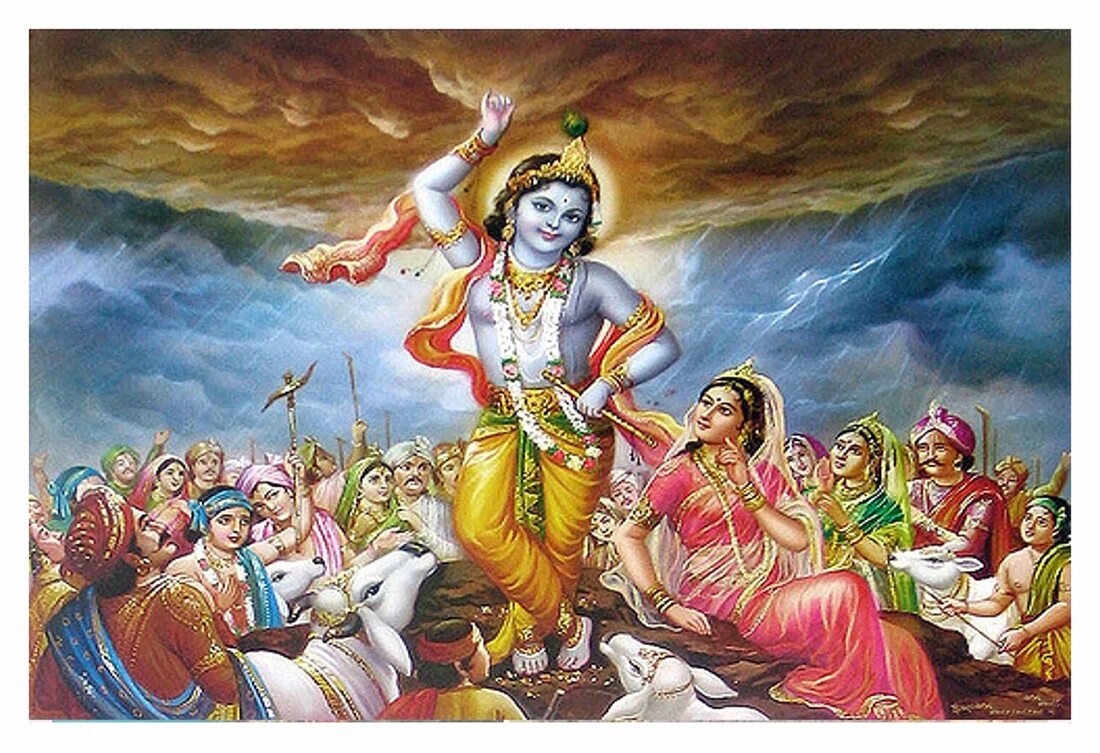
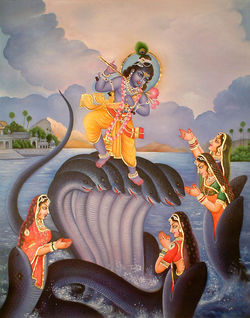
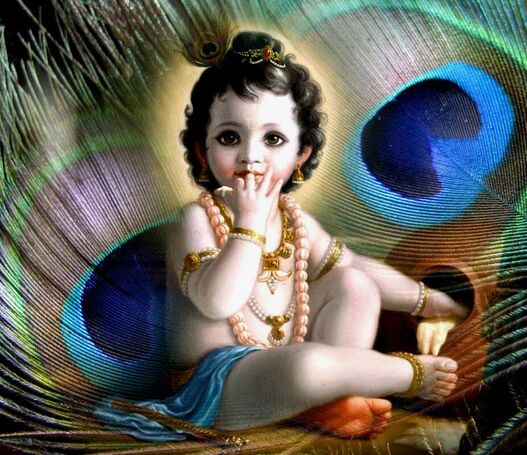
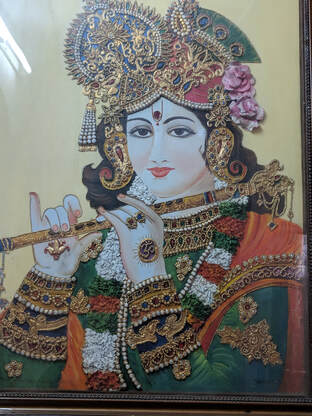
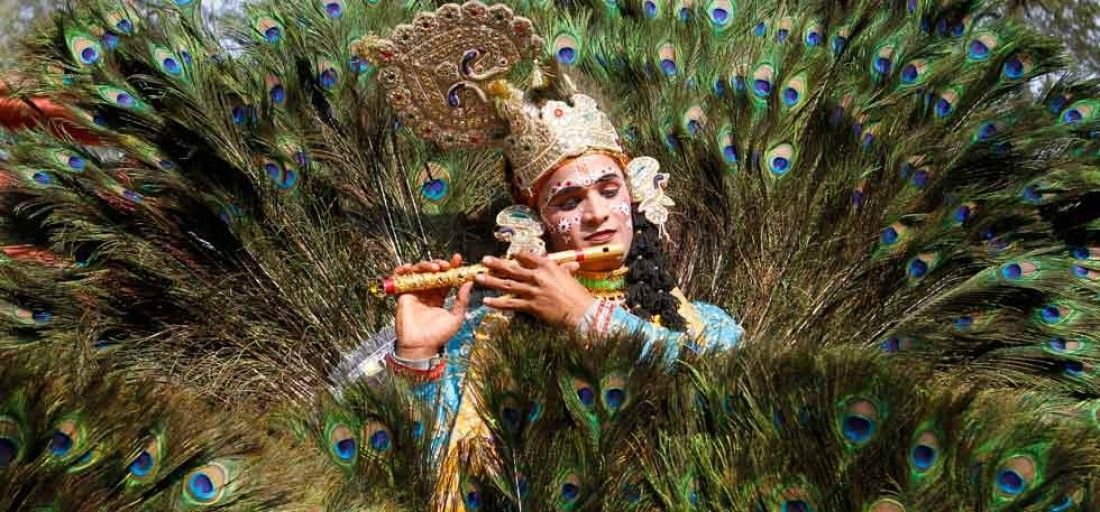
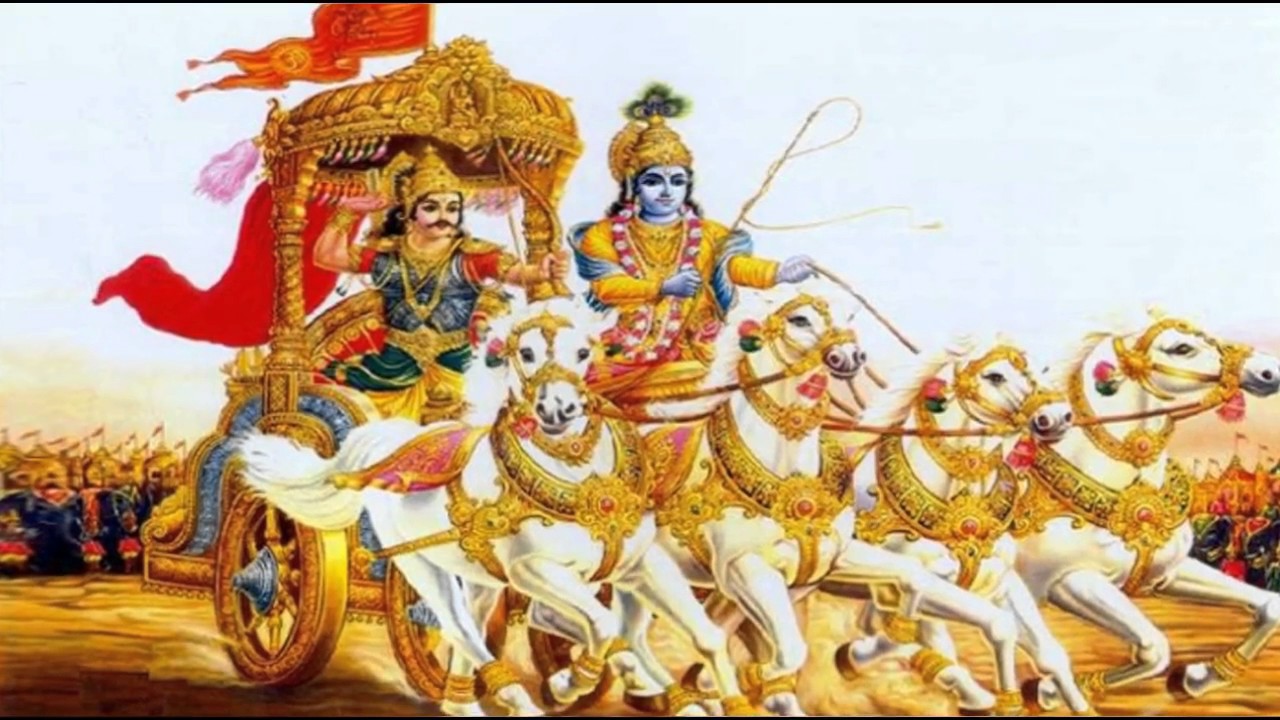
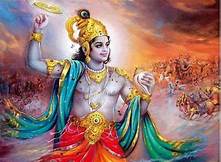
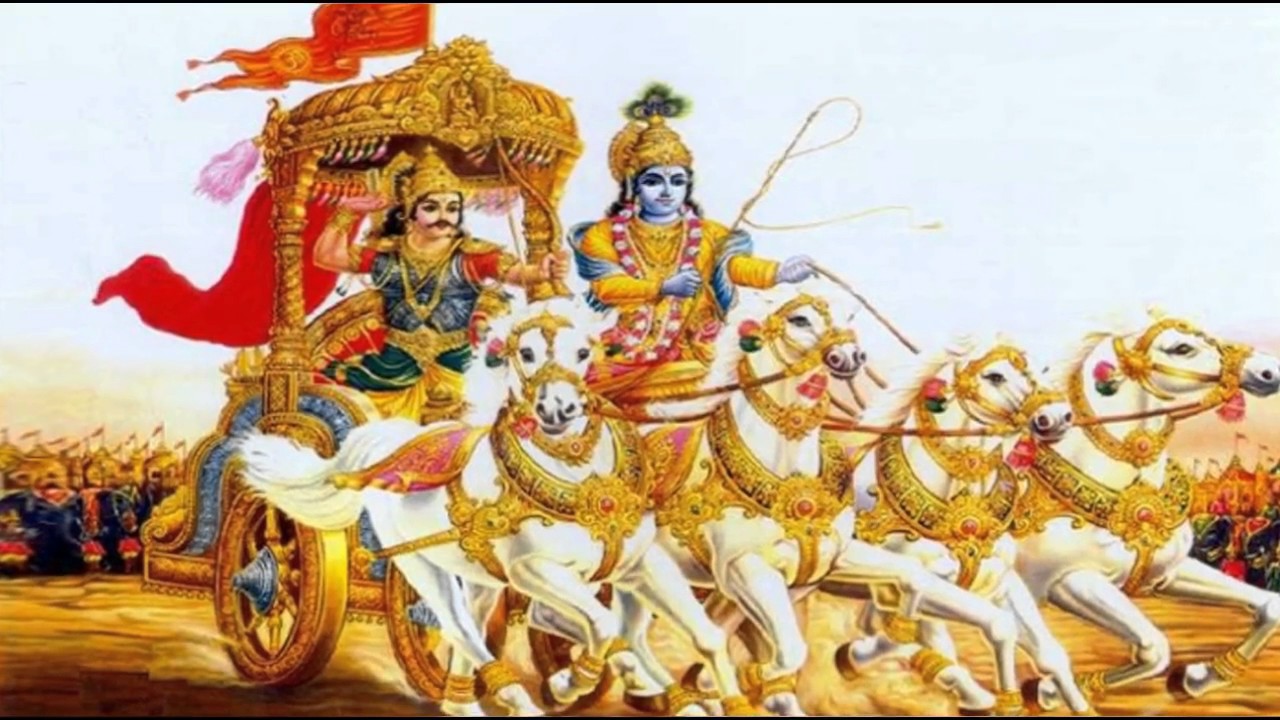
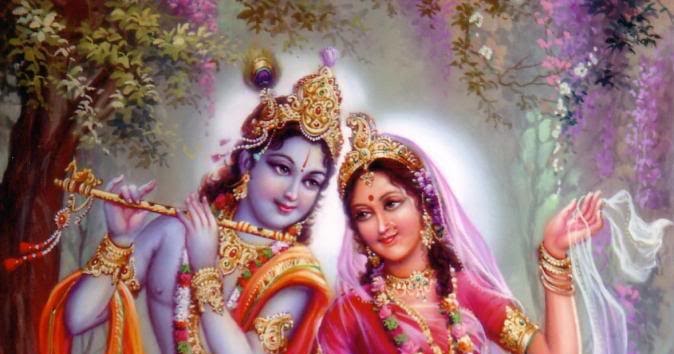
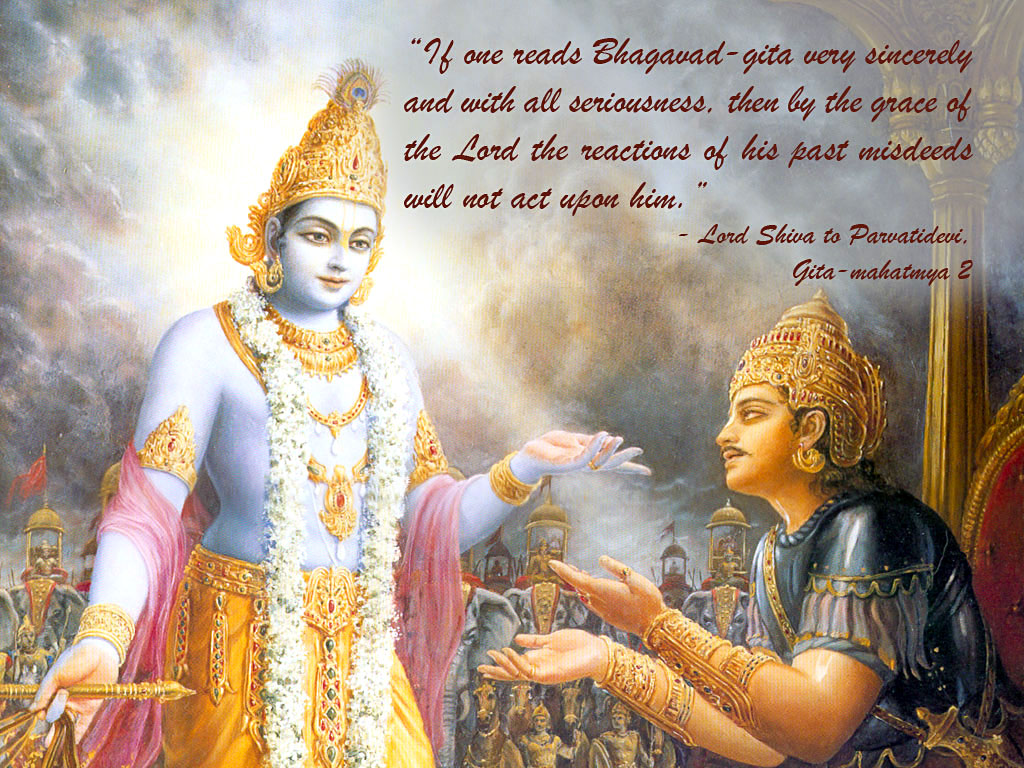
 RSS Feed
RSS Feed